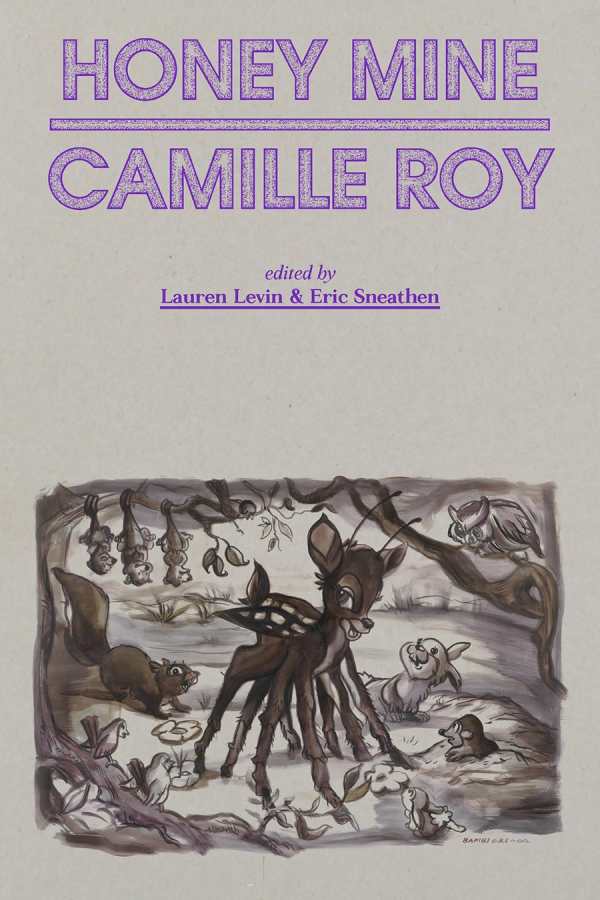Honey Mine
Collected Stories
Camille Roy’s rich literary collection Honey Mine features outcasts and shows what it’s like to live as one.
In the book’s sixteen short entries (both prose and poetry pieces), the character who speaks is always named Camille. But she transforms throughout the book, becoming different people and living different lives—all while remaining, at her core, stable as a theme. She visits relatives in the country, and works in a city parlor. She lives in Chicago and in San Francisco. She deals with slurs, tough lovers, and threats. She handles her community. She has various relationships with various lovers.
Camille is seen sneaking into abandoned houses as a child, doing drugs with a schoolmate, and attending school. Her voice is centered, but she doesn’t view the world through a single set of eyes—beyond consistently detailing what it’s like to be a lesbian, working class, and socially othered in America in a time of racial struggles.
Camille Roy’s prose reads like poetry; her poetry reads like prose. Honey Mine is an unusual collection as a result. Though it is dense and impenetrable at times, Roy’s writing refuses to be put into a box, or to be labeled as just one kind of narrative or another. Instead, it touches the innermost parts of the body, its language tactile and clear. “I detail the experience without making it intelligible,” Roy writes in “Craquer: An Essay on Class Struggle.” That is exactly what Honey Mine reads like: experiences gathered by an earnest attempt to communicate truths, fathomable to others or not.
Honey Mine is an experimental literary collection that breaks the boundaries of identity and other social constructs.
Reviewed by
Michael Elias
Disclosure: This article is not an endorsement, but a review. The publisher of this book provided free copies of the book to have their book reviewed by a professional reviewer. No fee was paid by the publisher for this review. Foreword Reviews only recommends books that we love. Foreword Magazine, Inc. is disclosing this in accordance with the Federal Trade Commission’s 16 CFR, Part 255.

